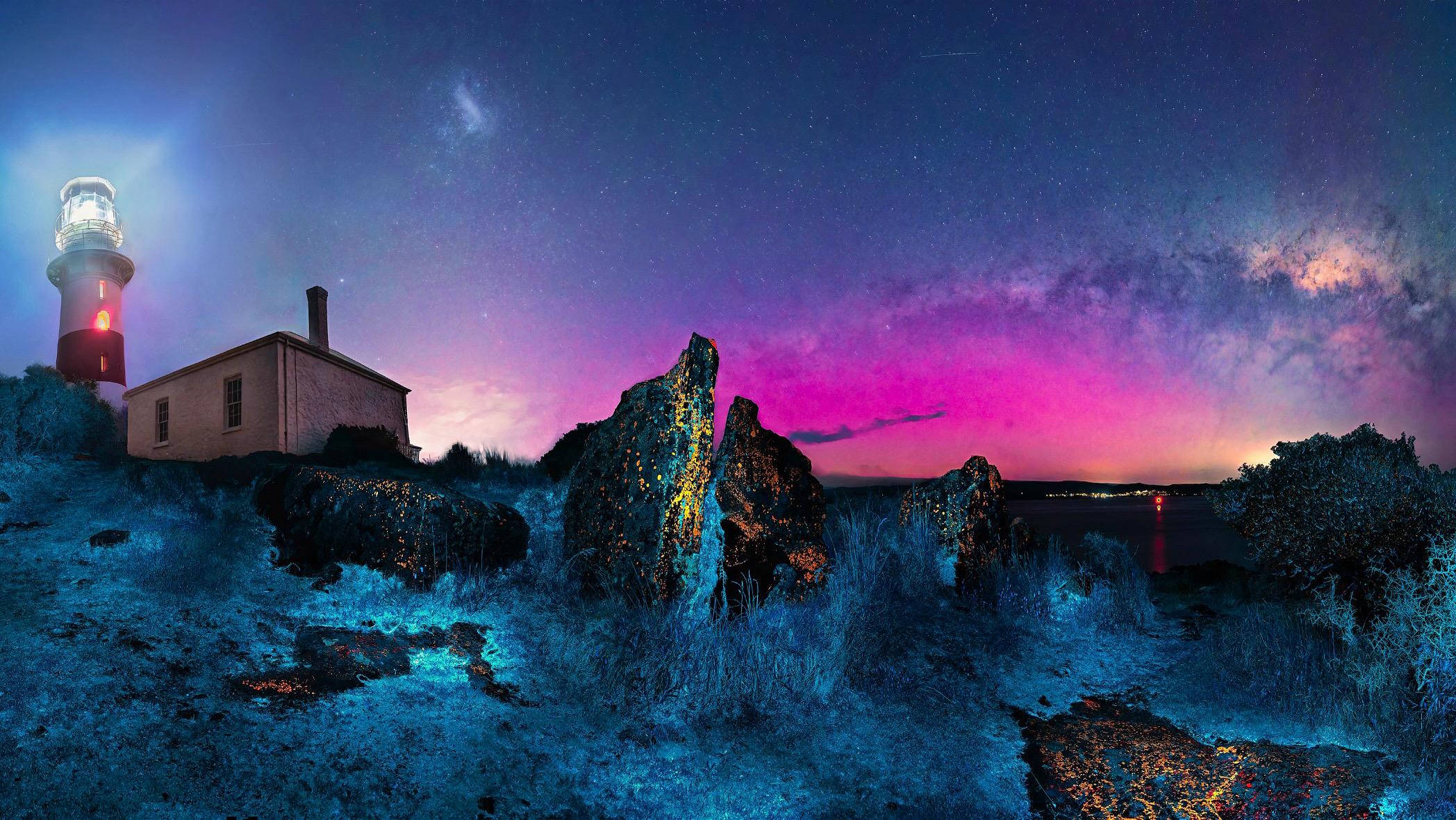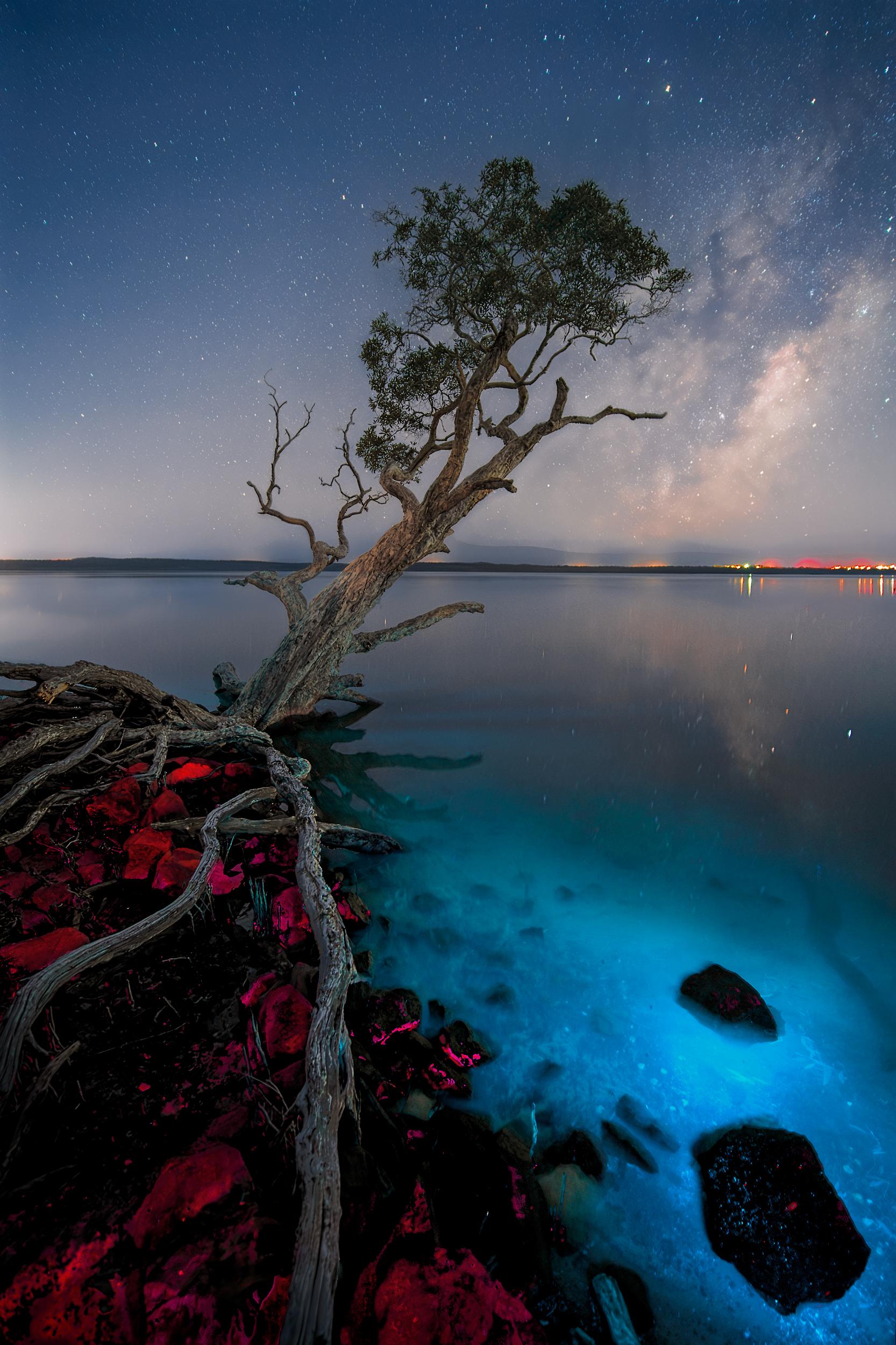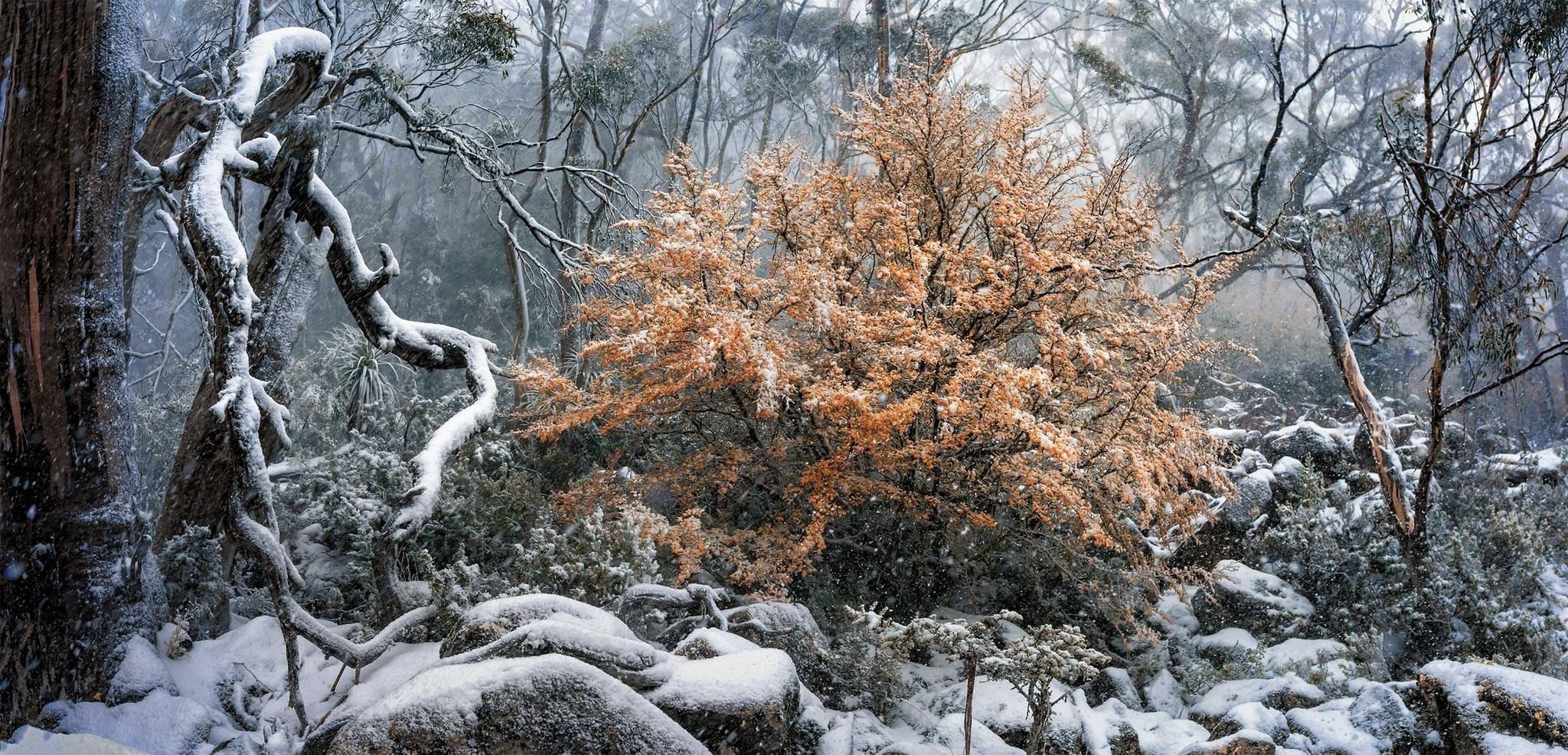Content Warning
Jocelyn Timperley, February 14, 2025
"From #Scotland to #California, golf courses are being rewilded – with lofty aims to benefit both people and #nature.
"Sinking into nature comes easy at the #PlockOfKyle. I visit this tiny wedge of parkland on the west coast of Scotland, just across the bridge from the Isle of Skye, on a rainy day in late September, and park ranger Heather Beaton and I spend the afternoon wandering around its various #ecosystems-in-miniature.
"We clamber over rocks at one of its little hidden natural harbours. We freeze as black darter dragonflies land on her pink shoe by a pond. And we bend to peer at circles of huge mushrooms which have sprung up overnight in its tiny woodland.
"A #WildflowerMeadow, ponds, scrub habitat, coastline and even an area of peat bog can be found on this little 60-acre (24-hectare) plot, which boasts roe deer, otters, lizards, eels and a huge array of insects and birds. 'We do describe it as a microcosm of Scotland,' says Beaton. 'If you think of all of the major habitats of Scotland, we've got them here on the Plock, just in miniature.' It's an impression she works to cultivate. 'The more little pockets we have, the more chance a person has to... end up having a nature experience,' she says.
"All of these habitats had fallen into serious disarray until a few years ago, says Beaton. In fact, most of this area used to be a golf course.
"The Plock is part of a small but significant global trend of land once used for golf being turned back over to nature. From #California to #Pennsylvania and #Australia to #Canada, these projects are reaping in some big rewards for both #biodiversity and local people."
Read more:
https://www.bbc.com/future/article/20250214-from-scotland-to-california-the-rewilded-golf-courses-where-wildlife-thrives?utm_source=firefox-newtab-en-us
#Biodiversity#SolarPunkSunday #RestoreNature



